Interview - Aaron Sims’s interview on Netflix Serie Stranger Things
By Mulder, Los Angeles, 22 august 2016
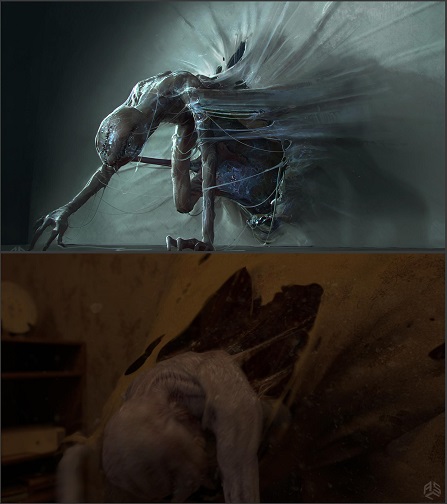
Q : Hello Aaron we are great fans of your work on Dead Silence (2007), The Mist (2007), The Incredible Hulk (2008), Blood Creek (2009), and X-Men: First Class (2011). Recently you worked on the Netflix show Stranger Things. How did you get involved in that show?
Aaron Sims : I worked with the Duffers on a previous project called Hidden for Warner Brothers. We helped design some of the creatures and visual effects on that project. They liked my work and wanted to talk to me about their new series, so they said they’d give us a ring. We started with them at the very beginning in the early development phases.
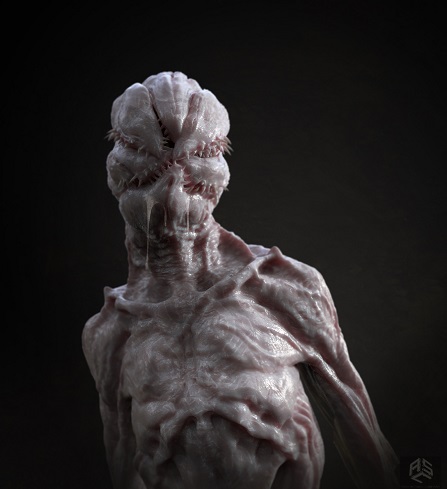
Q: The monster on this show is so amazing, can you explain how you went about creating it?
Aaron Sims : The first description we got of the monster was that it was a “humanoid creature with no face, just a mouth”. From there, we started designing with the team. We came up with a bunch of different looks of a creature with no face. One of the designs we came up with the first week was a flower petal-like face with no teeth. That really resonated with the Duffers; it answered a lot of questions the Duffers had about the uniqueness of a monster with no face, and how that could be terrifying. A lot of the inspiration also came from the mouth of a snapping turtle - how terrifying that looks, and how its teeth go all the way back. There were always teeth in our design. We focused mainly on the creature when we were starting. We established that look, and shortly after that we started working to develop the look of the Upside-Down. One of the first things we suggested was the particles in the air, almost like pollen. They really embraced that look.
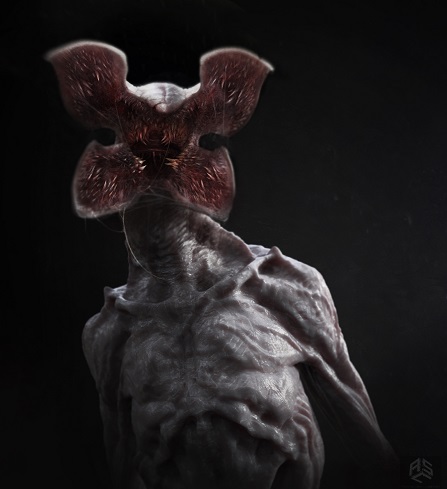
Q: What was the process you used to get the creature to look so great on the show? Can you talk about your collaboration with the Duffer Brothers? Did you know them before you started work on this show?
Aaron Sims : Part of the process was designing the creature in 3D. We designed some advanced renders of the Demogorgon to get a more finished result. What really took us to the next level was giving those renders to Spectral Motion, the makeup effects studio. Those designs gave them enough to create a fully articulated suit for the actor, with a face that would open up, and the ability to control the arms and the legs. Some shots in the show were this actor in the Spectral Motion suit, with some CG enhancements from us. Others were completely CG. I knew the Duffers from working on Hidden for Warner Brothers [see above].
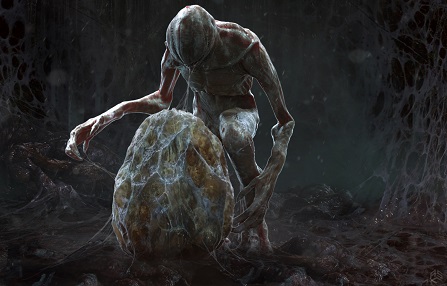
Q: Where do you get inspiration from and why did you become an artist ?
Aaron Sims : A lot of my inspiration came from films like Star Wars, Planet of the Apes, Alien, and Jaws. Those films really excited me, and they were enough to stimulate my interest in designing monsters. I really hoped to one day bring my work to life through movies. When it comes to Star Wars, every part of that film, every aspect was a complete creation, completely made-up, from the ships to the worlds to the characters. It really opened up my mind into the ideas of film as an avenue for an artist to create anything they wanted. I started off with sketches when I was younger. I was really inspired by my father, who was a talented artist. I utilized a lot of his knowledge. He was an animator for a military company - he animated designs for the military so they could see how things functions and decide if they wanted to fund a project. I started out trying to animate a T-Rex and triceratops fighting...that’s when I realized animation was too hard.
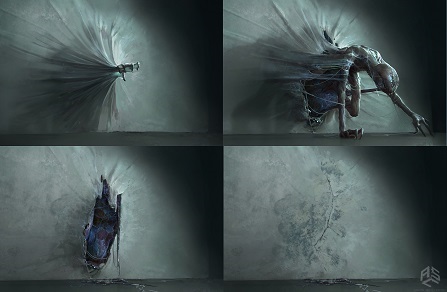
Q: On Stranger Things what were the main difficulties that you encountered creating the monster? What scene was the most difficult to create and why ?
Aaron Sims : The visual effects-heavy scenes were fairly difficult. In the last scene in the schoolroom, where the monster was brightly lit and it had to walk around and look threatening while being hit by rocks - that was all CG. The monster had to be thrown across the room and break apart. That scene was extremely hard for all of us. There was also the amount of time we had to do it - the disadvantage of TV is that the turnaround is so quick. That character was completely CG at that point, so it was very time-consuming. Breaking down the wall in the third episode was also the first time we did a scene that was fully CG. It was a challenge but exciting at the same time; we brought the character life in a unique way, and really showed how it was brought into this world.
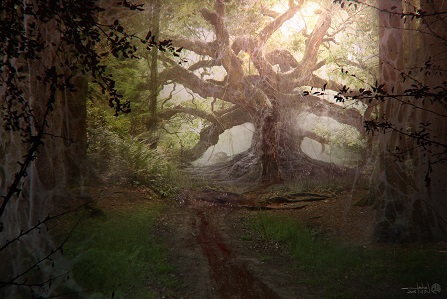
Q: You have worked on some amazing movies, what elements of Stranger Things caused you to want to work on this show?
Aaron Sims : The show was a chance for us to completely design a creature and execute the design all the way to the end, which was really exciting. Many times, we’ll design something and it’ll go to another vendor, or the design will have been created previously and we’ll just advance it. We strive to be there all the way through when we can, so we have more creative control. We like to work with the clients and the director to see their vision come true.
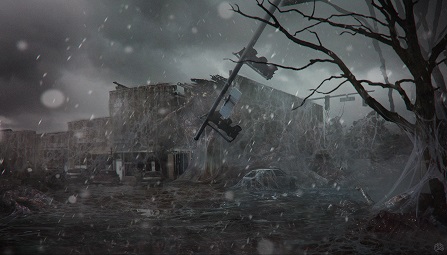
Q: Did you give a name to this monster and did you obtain the result that you hope to have?
Aaron Sims : We definitely captured the result we were looking for! We stayed pretty true to the design we wanted from the beginning. We just called it “the Monster” - since this particular show only had one creature, there wasn’t really a reason to name it anything specific. At the time, we didn’t even know it would eventually be called the “Demogorgon”.
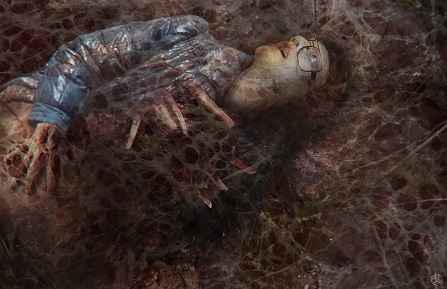
Q: How many people helped you in the creating of the monster?
Aaron Sims : For design, our artists Nuttavut Baiphowongs, Ceco, and Josh Min helped with a lot of the designs and scenes. As far as visual effects - that’s pretty much the entire crew. We have an entire VFX team that dedicated time into making those scenes happen.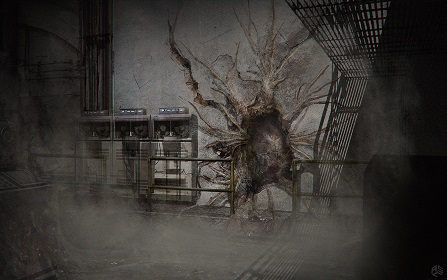
Q: What are your current project(s) ?
Aaron Sims : Currently, we’re working on a lot of exciting projects...namely Wonder Woman, Pete’s Dragon, and Ready Player One.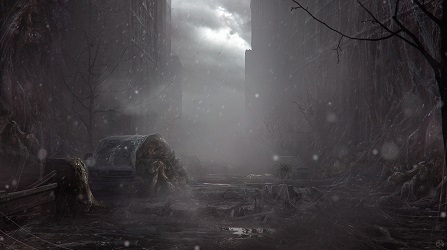
Q: What advice would you give to someone who would like to work as a movie concept artist?
Aaron Sims : The main thing would be: there’s so many places to show your work. Getting into the industry is different for every artist - put your work on blogs and places like ArtStation. The internet is a great source for free publicity. My route getting into the industry was a long one. For me, it was who you know - but the internet makes it easier for a lot of people to get known. Really look at what’s out there and make sure your work is unique; since there’s a lot of artists, there’s lots of competition. Part of what we look for at ASC is the ability to do something outside of the box.
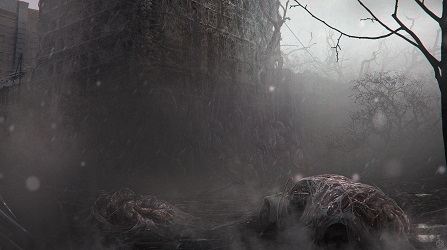
To finish, this is a link to see some excellent videos of the Aaron Sims Creative on Stranger Things: here
With All our thanks to Aaron Sims for answering to our questions and a special Thank to Chase
Special recognition' highlighting all the artists that worked on these amazing images & projects: Alex Mandra, Steffen Reichstadt, Joshua Min, Edvige Faini, Tsvetomir Georgiev
Pics: Aaron Sims Creative
Website: http://asc-vfx.com/
Facebook: https://www.facebook.com/aaronsimscreative/
Instagram: https://www.instagram.com/aaronsimscreative/
YouTube: https://www.youtube.com/channel/UCn12Sq3F4wgqEqYtkyVyJ5Q

